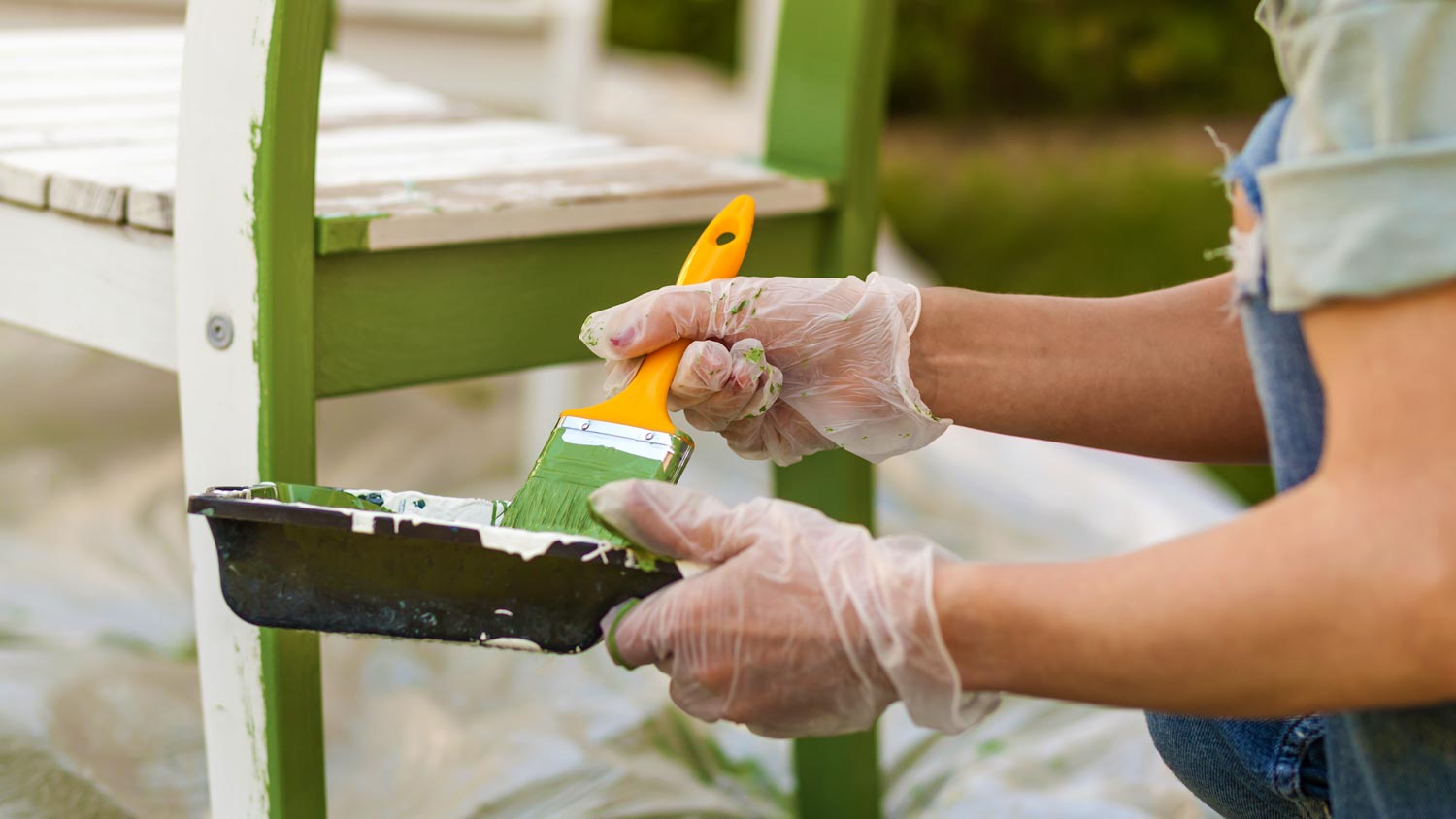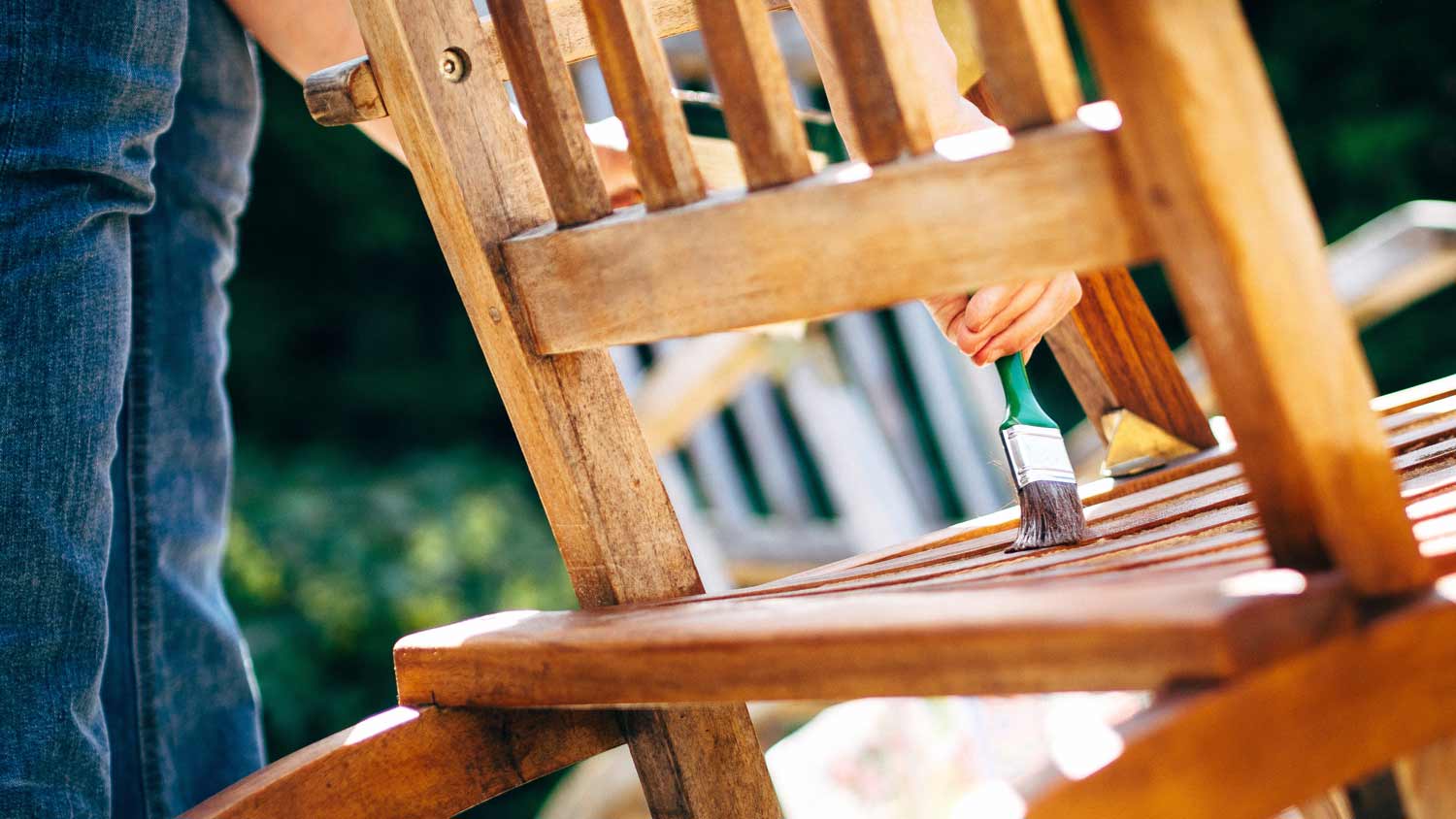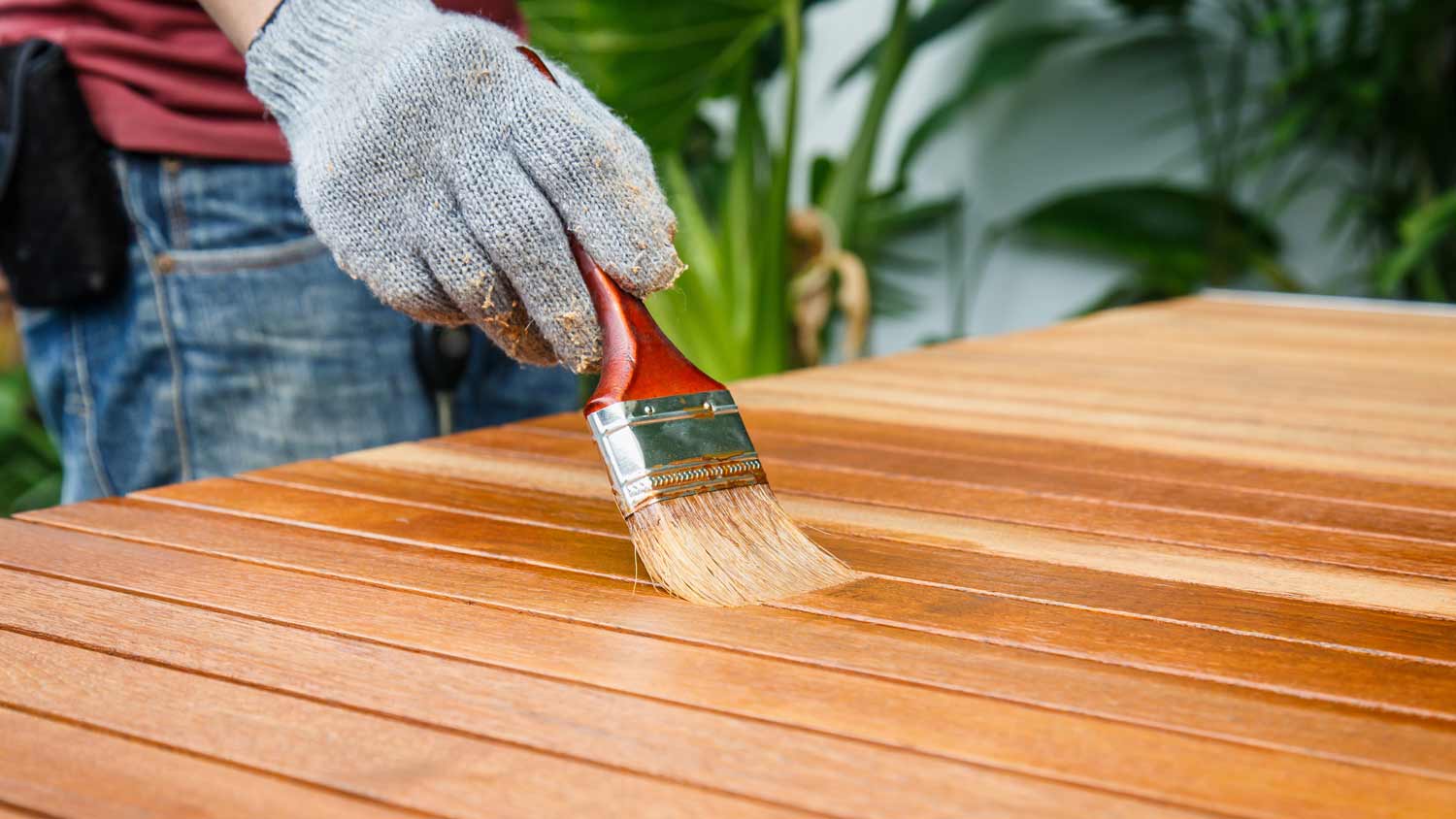
The cost to paint the interior of a house in Charlotte, NC depends on size, layout, type of surface, and more. Learn what factors can influence your total in this guide.
They’re sisters, not twins


Paint works by adhering to a surface, and stain is absorbed by the surface.
Stain costs $20 to $90 per gallon, while paint costs $10 to $100 per gallon.
Paint lasts up to 10 years, while stain lasts 2 to 3 years.
Paint is more versatile than stain and can be used on various surfaces.
If you’re planning a home renovation project, particularly one involving furniture or exterior fixtures, you may wonder about the differences between paint and stain. Can they be used interchangeably? Which one is best for certain materials? Do they both last a long time before cracking or peeling? Here’s everything you need to know about stain versus paint.
Paint and stain have similar purposes but different applications, just like when comparing paint thinner and acetone. Here are some of their differences.
| Feature | Stain | Paint |
|---|---|---|
| Functionality | Absorbs into item | Adheres to surface |
| Price | $20–$90 per gal | $10–$100 per gal |
| Longevity | 2–3 years | 5–10 years |
| Application time | Faster | Slower |
| Versatility | Wood only | Many surface types |
| Aesthetics | Makes wood pop | More colors |
The formulations of paint and stain are quite different. Paint has more binder than stain, whereas stain has more solvent than paint. What does this mean for functionality? With all of that binder, paint sticks to the surface of an item without being absorbed. Stain, on the other hand, is absorbed into the item.
Stain works best on wood, giving it a timeless look. Paint is best for interior walls and materials like metal, plaster, and drywall.

Stain enhances the underlying beauty of wood, creating a natural feel. Paint provides more opaque coverage in a wider variety of colors and different sheens. Simply put, stain can enhance what's already there, and paint lets you put your unique spin on things.
Cost comes down to the specific formula you choose, but quality stain tends to be less expensive than high-end paint. Stain costs $20 to $90 per gallon, and exterior paint costs $10 to $100 per gallon. Paint may require primer, sealer, and multiple coats, which further ticks the price up.

Stain doesn’t chip and flake like paint but will fade over time. Expect a coat of stain to last 2 to 3 years. While paint isn’t as resistant to wear and tear, a primed and sealed coat of paint can last up to 10 years.

Stain is easier and faster to apply than paint, requiring one coat and no primer. Paint will need at least two coats plus adequate drying time. Hiring an experienced local interior painter will make the job go by faster, regardless of which you choose.

You can use paint on just about anything, including wood, stucco, concrete, metal, and even plastic. Stain is great for wood but struggles with other materials. Keep staining products in mind when breathing new life into exterior walls, decks, and furniture made from wood. For everything else, go with paint.
From average costs to expert advice, get all the answers you need to get your job done.

The cost to paint the interior of a house in Charlotte, NC depends on size, layout, type of surface, and more. Learn what factors can influence your total in this guide.

The cost to paint the interior of a house in Los Angeles, CA depends on size, layout, type of surface, and more. Learn what factors can influence your total in this guide.

The cost to paint the interior of a house in Orlando, FL depends on size, layout, type of surface, and more. Learn what factors can influence your total in this guide.

Looking to hire a professional to refresh your space and boost your home value? Learn how to hire a painter to ensure you get the right expert for the job.

Paint sprayers work faster than paint brushes or rollers, but only if you use them correctly. Here are some tips to learn how to use a paint sprayer.

When selecting the best paint for garage walls and ceilings, consider aesthetics, durability, ease of cleaning, and conditions in the space.